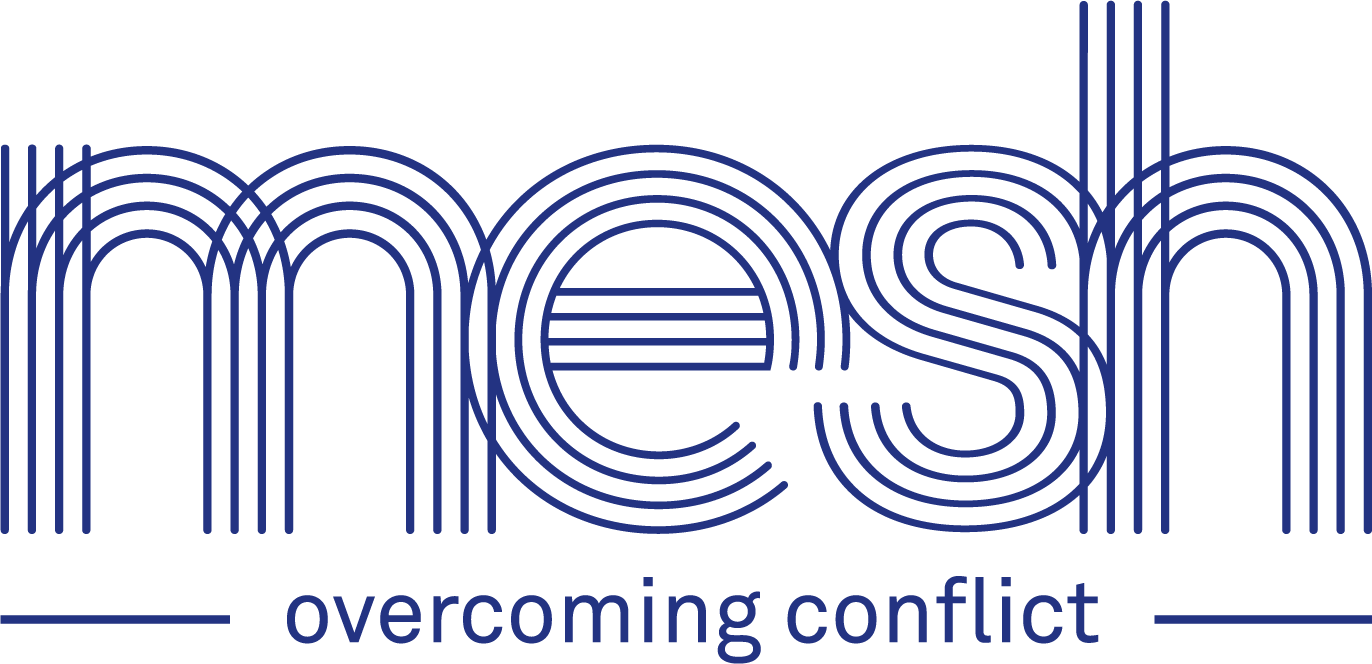Mindfulness: Crucial or Cliché?
Mindfulness has become quite the buzzword in recent times. It is a concept that originates from the Buddhist idea of sati — a term that can be translated as “to remember” or “to bear in mind”. Today, we think about mindfulness as the psychological process of bringing our attention to the internal and external experiences occurring in the present moment.
All over the world, corporations are rolling out mindfulness courses for their employees in attempts to skyrocket productivity and job satisfaction. NICE (National Institute for Clinical Excellence) backs it as a treatment for those with recurring depression and it has been proven to reduce the recurrence rate by 40–50 percent over 12 months. Magazines and media sources hail it as the key to increased health, improved relationships and even eternal happiness…
But not everybody is a fan of the concept.
Some argue that the recommendation that we should “just be more mindful” is a way of redirecting the onus back onto the individual, rather than society, to be responsible for their happiness. It is suggested that the idea that we can just think away our problems is being used as a facade to conceal the fact that many of us just aren’t satisfied with our lives — the crucial argument is that it’s not necessarily our fault that we feel this way. 12-hour workdays, hundreds of emails that all need to be simultaneously replied to this very instant and work environments that have us glued to our screens all day can all contribute to an intense feeling of burnout. According to some, all the mindfulness in the universe won’t change the reality that factors outside of our control cause us to have negative feelings about our lives.
Whatever your opinion on the recent mindfulness trend, there is certainly plenty of crossover between the work that is done during mediation and conflict resolution and the ways in which mindfulness is reported to help people in their daily lives. To illustrate this, we could replace the word “mindfulness” with “awareness”. (Self) awareness is useful during conflict resolution as it can help us with the following:
Communication
To move forward in a discussion, it is important to help the other person understand why something has happened or why you feel a particular way. If you aren’t quite sure why you have a certain opinion, which is often the case if you haven’t taken the time to examine your thoughts and feelings, this can shut down the conversation and make progression more challenging. Being self-aware and using mindfulness techniques can help us figure out why we think and feel the way we do.
Listening
It is also important to understand how others are feeling. Being aware of how they feel and the reasons for this can help you to evaluate your own perspective and potentially find mutual ground. This could be seen as part of the external element in mindfulness practice. For more tips, see our previous blog post on listening and how it can help.
Positions, interests and needs
When a conflict begins it usually starts with someone’s position. An example of this might be "I hate my little brother” (position). However, that person’s interest might be something like “I miss spending time with dad, we never do anything together now” (interest). Ultimately, these two statements relate back to a need that we all have, which is to be loved and cared for by a parent and to be able to spend time with them. Referring back to the previous two points, being able to unpack your position to reveal your interests and needs requires a certain level of introspective examination — something that makes up a large part of mindfulness techniques.
Reactions
We all react in different ways to conflict. Our reactions can be seen as our first response e.g. fight, shout, swear, retreat, give up, shut down, run away, cut off contact, hide from the issue. The problem with allowing ourselves to continually react is that we eventually stop thinking about what’s really important to us and the conflict can become an issue of its own. Stepping back from the argument, taking an aerial view of the situation and allowing yourself time to think about things can all be seen as examples of mindfulness. There's nothing wrong with saying “let me think about this.”
Mediation is designed to help those in conflict take a more objective view of the situation in order to achieve a desirable outcome for all parties involved. Reaching an effective outcome requires those in conflict to be able to recognise their own needs and what will help them the most. You might be someone who cringes at the word “mindfulness” and the thought of meditation could be enough to make you run in the opposite direction. Forget the image of thirty people sat cross-legged in a room humming with their eyes closed. Instead, try cherry-picking elements of mindfulness that appeal to you.
For more tips on mediation and conflict resolution, follow MESH on Facebook and LinkedIn. Links to our social media pages can also be found on the homepage of our website.
By Orla Randles (@orla_randles)

